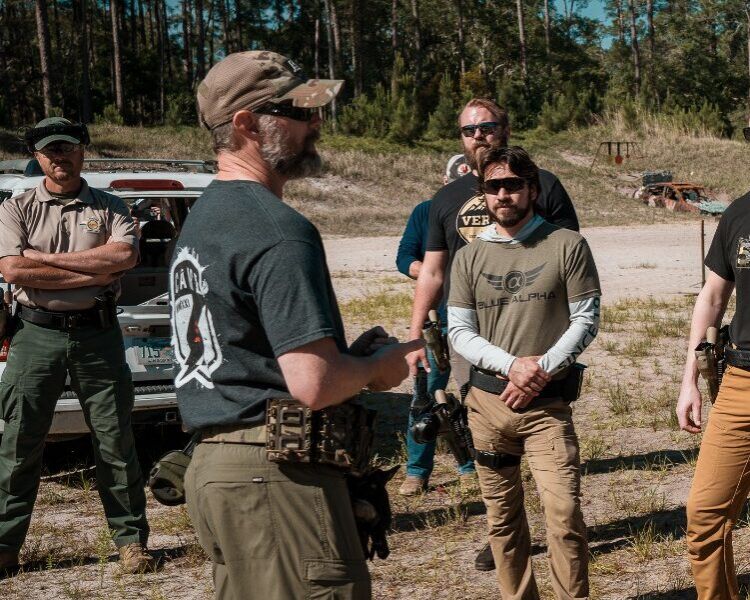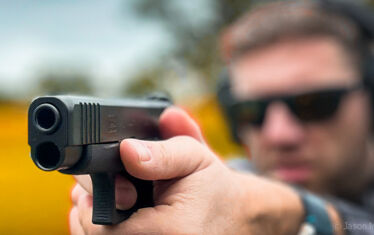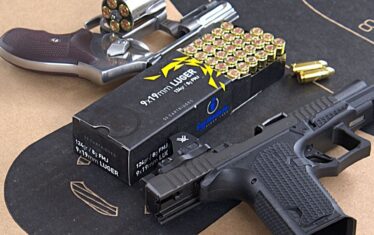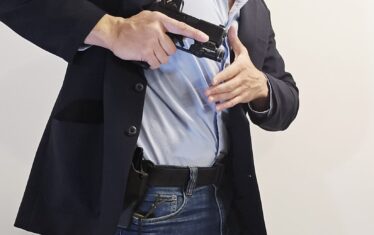I have an incredible job. Not to brag, but working in the gun industry is fun. Working for Safariland also has its perks.
Take, for example, the opportunity to travel to Central Florida to train with Rich Graham and his organization, Full Spectrum Warriors, for two days. I will never say no to hitting the range with someone else’s ammo and getting serious training. I joined a group of about a dozen firearms writers from across the industry in what had to be the two lowest-temperature Spring days Florida has to offer.
Training With Full Spectrum Warriors
We trained at the Full Spectrum Warriors facility. FSW focuses on training professional gunslingers, but Rich and his crew were kind enough to open the facility to us.
Over two days, Rich took us through a diverse curriculum. We had a lot of shooting experience as a group, so we were able to dive deep into the subject matter immediately. We trained with Safariland holsters, Walther PDP handguns, C&H Precision optics, and Modlite weapon lights. Remington provided FMJ ammo, and Federal sent us plenty of frangible loads
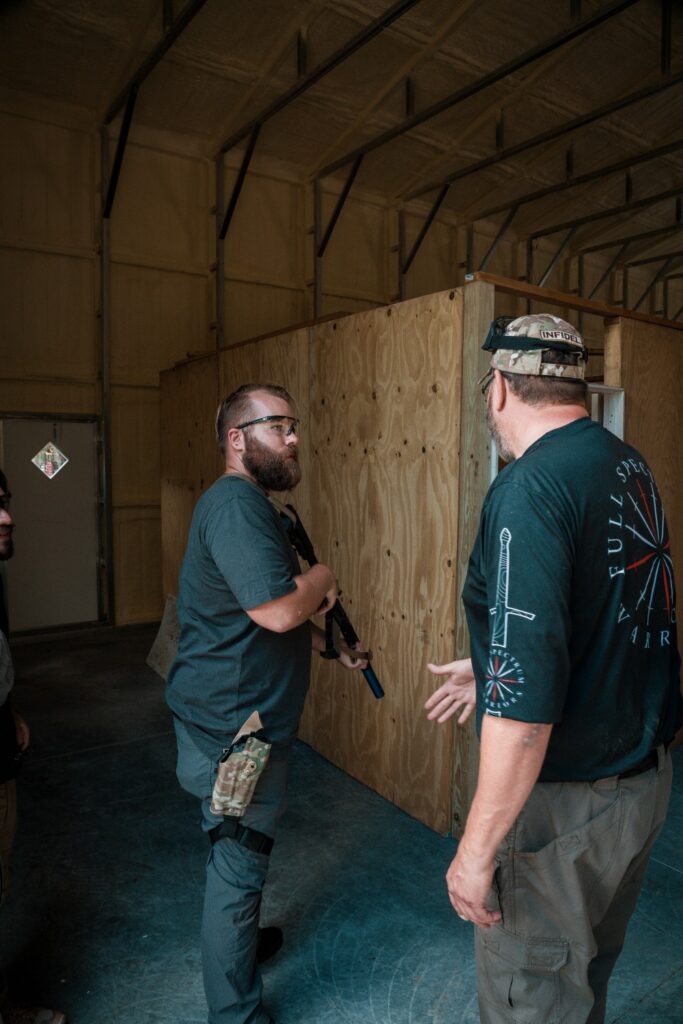
Here, I’ll briefly overview what we learned from Full Spectrum Warriors. I won’t go too deep because it would take two days to read.
Retention Combatives Training
Our first lesson was how to protect your handgun from being taken. So, after building our belts and gear, we left the real guns behind for training models. The training was taught in three stages.
First, we learned to protect against grabs while the gun was in the holster. Rich taught some simple combative tactics to stop a grab, stop the attacker, and create distance. Hand-to-hand combatives take a long time to learn, but Rich’s basic, easy-to-remember moves didn’t require much technique and were quite effective at keeping the gun in the holster.
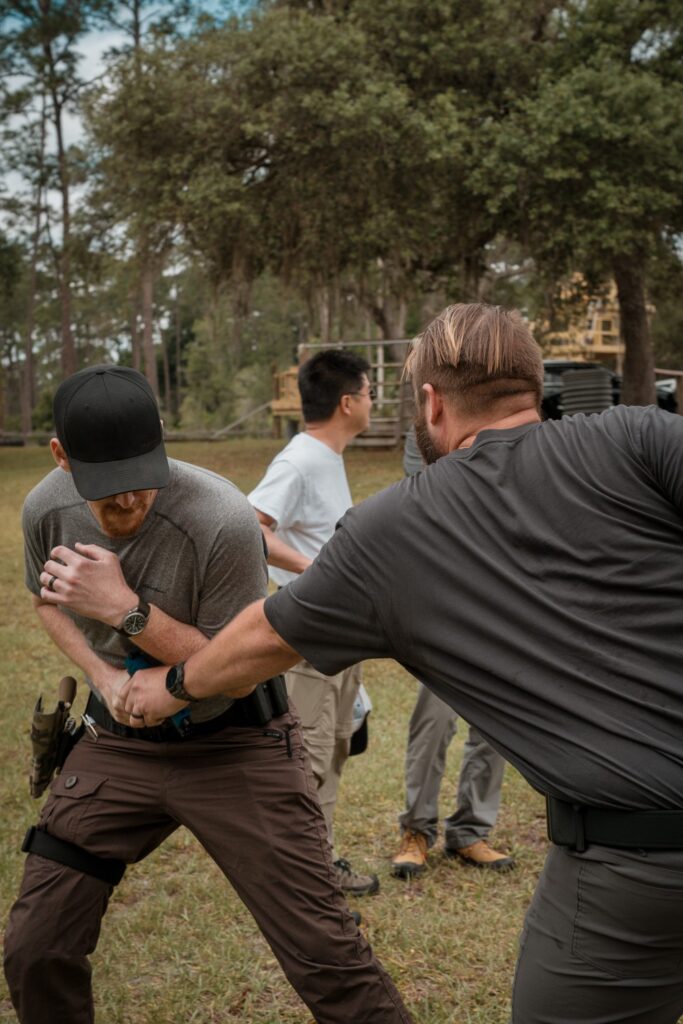
From there, we learned what to do if your gun is already deployed and you fight over it. We learned how to use some basic body mechanics to resist a grab and to prevent a tug of war. These mechanics set us up to avoid takes and regain complete control of our handguns. We even got in the dirt and wrestled freely to try these tactics.
We cooled down with some practice using a firearm as an impact weapon. It was the first time I ever received a class in professional pistol whipping.
Perception Drills
In the next class, we did something I had never even considered. We practiced using our peripheral vision to identify threats and deal with a crowd of people during a violent situation.
Using dummy guns and a paper target, we aimed at the target (threat) while other students randomly walked around us. When they began to cross in front of us, we would spring to a high or low ready until they were out of the way.
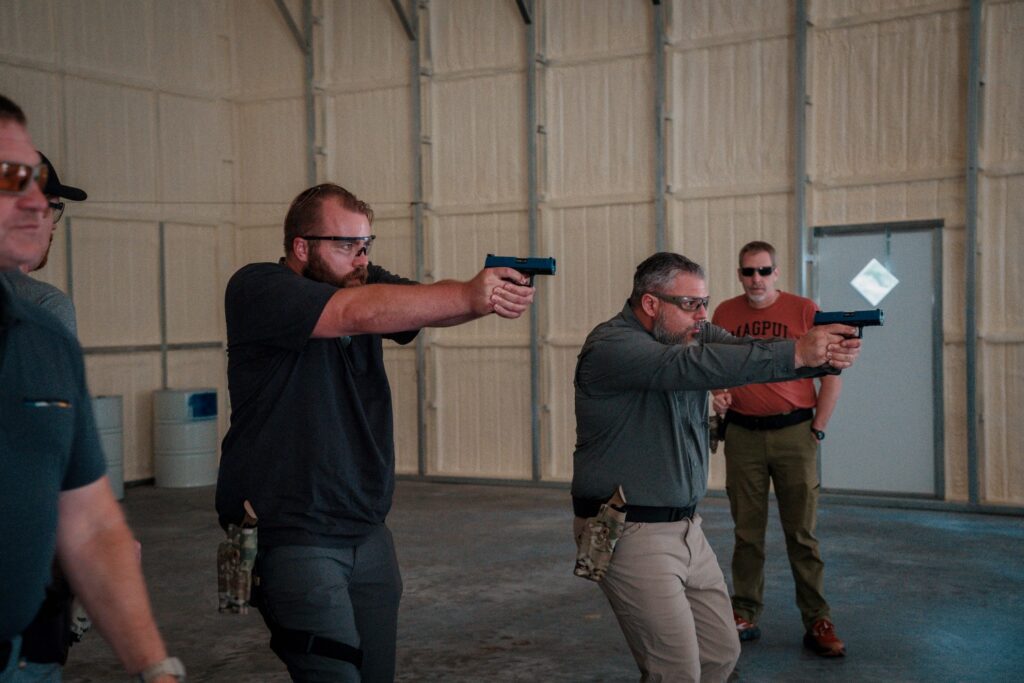
We practiced this over and over — keeping our focus on the threat while using our peripherals to keep our situational awareness high. Rich and the Full Spectrum Warriors crew kept increasing the difficulty of the drill, adding more walkers and more students with guns.
Finally, we finished the drill with simmunitions, focusing on the target while walkers or runners ran between us. Not a single person got hurt.
Room Clearing
Next was room clearing. We started with the basics and learned how to peep around corners and to use cover while presenting as little of the body as possible.
We learned both the hinge and bite methods, taking turns being the guy with the dummy gun and being the guy around the corner so we could see the effects of proper technique.
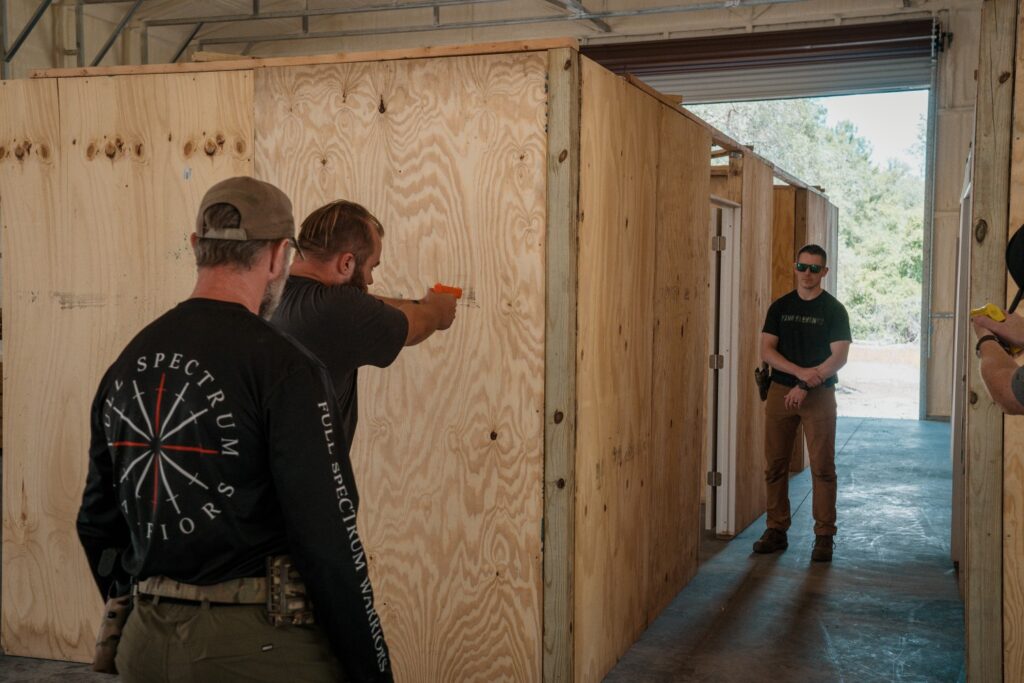
From there, we began room clearing, using both dynamic and slower methods to take the room. We started with one-person room clearing with Rich, establishing this was the worst scenario possible. No one wants to clear a room by themself. We moved to simmunitions and got some live reps in.
Night Shoot
The night shoot took the lessons from room clearing to the range. We had six stages to fire from, each forcing us to use cover and pick between the different methods to look around a corner. On top of that, Rich would designate a specific order for targets to be engaged, making you think as you act.
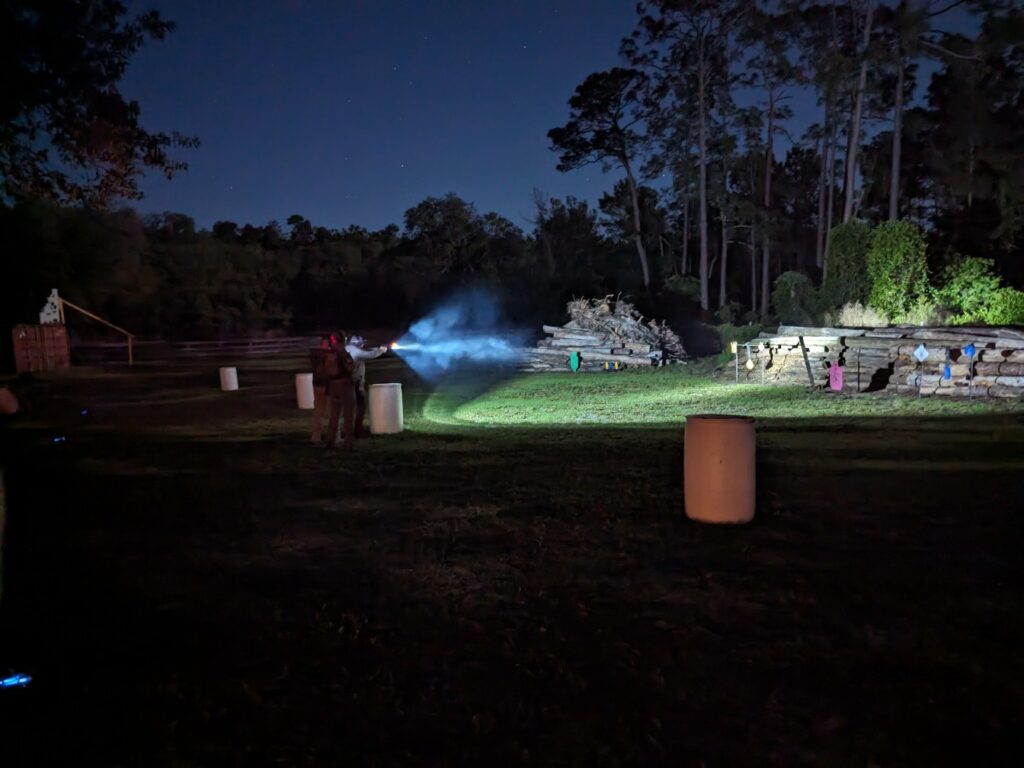
Night shoots can be hazardous, but Rich had the Full Spectrum Warriors crew out, as well as a local medic, to make sure everything was safe so we could keep focusing on the work as shooters. Each stage presented a unique challenge and forced us to think before we popped a round-off.
The night shoot concluded Day One.
Vehicle Tactics
Day Two began with vehicle tactics, which were universally beloved by all in attendance. After a class on how to use your gun in a vehicle and what to expect from glass, the crew ran us through several drills. These drills involved fighting in the car, escaping the car and fighting, and finally, a course involving partners and a moving vehicle with several stages.
Driving fast and shooting fast made for an enjoyable and challenging day.
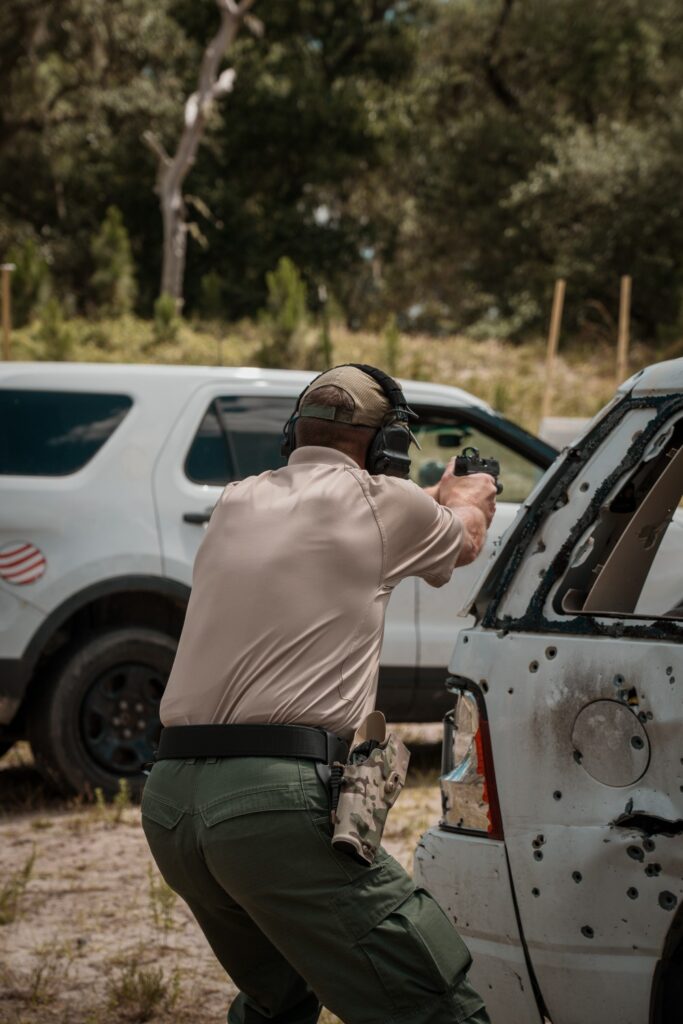
I learned so much about shooting in and around vehicles. I thought I knew how to use a car for cover, but I was wrong. There is way more to it than I knew, and it was a blast. This was the highlight of the trip for me.
O Course
Finally, we got to the live fire obstacle course. Rich had us shooting around, above, and diving through various obstacles. We climbed towers and ladders, jumped through pipes, and engaged targets as close as 10 yards and as far as 130 yards. (Admittedly, the 130-yard target was likely better described as suppressed.)
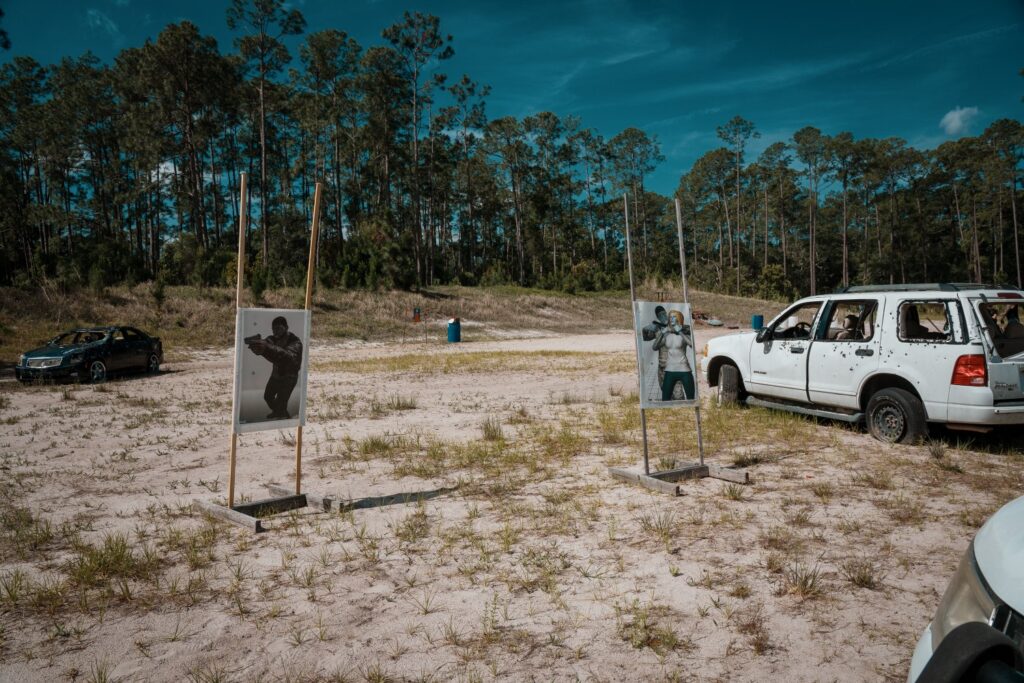
It was fun, but it focused a bit more on how cardio and strain affect shooting than on building our balance beam skills. It was also a great stress test for our holsters and a testament to Safariland’s retention system.
After the O-Course, we worked some more on room clearing. We focused on the skills we learned the day before and refined them with the time we had left.
Training, Training, Training
Rich and his crew at Full Spectrum Warriors use a building-block style of instruction. Everything we did at one event translated to the next. The peripheral perception skills we learned on day one worked well on day two’s vehicle tactics. The same could be said for our ready positions and how we used cover and identified threats.
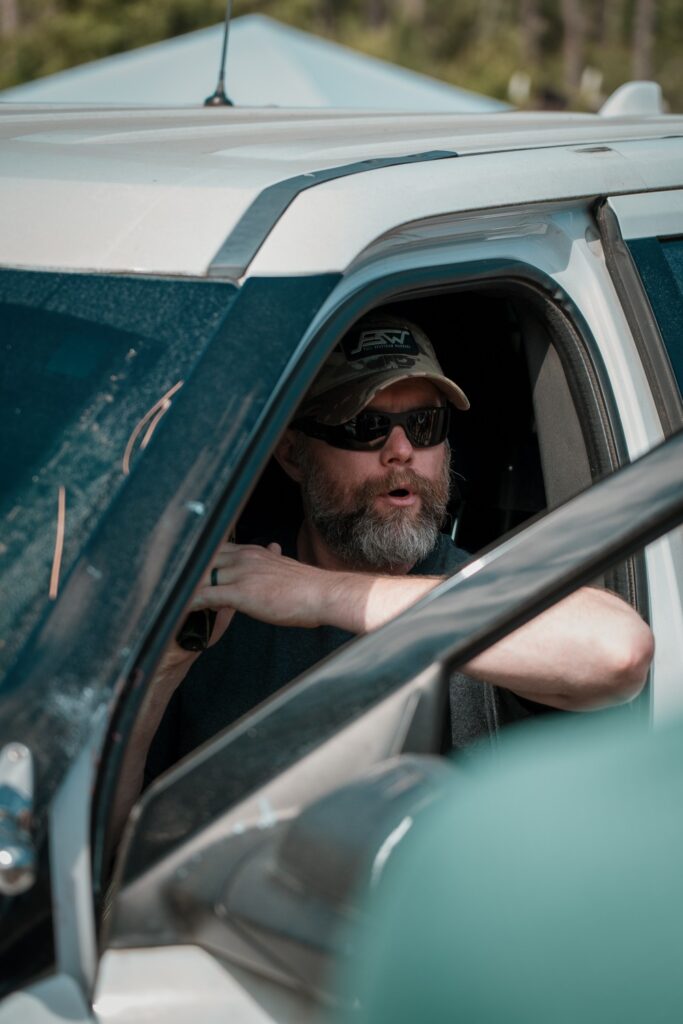
It all stacked up, and pieces fell into place quite nicely. Rich Graham does a great job of explaining complicated techniques in a simple and easy-to-understand way. Throughout the training, whenever a student was doing something incorrect, he would explain what and why. It was never in an embarrassing way, but in a way that the other students could learn from as well.
The FSW crew also did a great job breaking things down and keeping the class running. You were also learning something if you were waiting your turn for a specific drill. They capitalized on the two days we had to make it information-filled.
The Gear
Throughout the two days of shooting and training, we used Safariland holsters. In those two days, no one lost their gun, had an issue drawing, or seemed to have any issues with the holsters. I’ll have a full review of my holster soon.
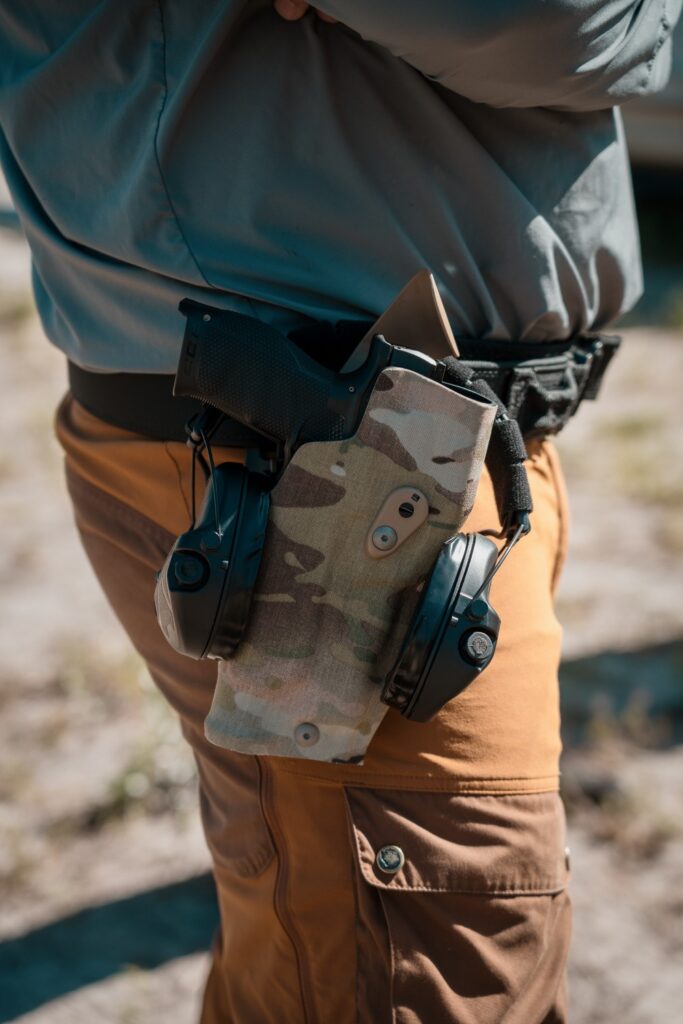
I will say we broke one during the retention combative class when a student fell directly on the holster. But, even though it broke, the gun remained in the holster with the retention device locked. The breakage is believed to have been caused by using a blue gun in the holster, which isn’t always a one-for-one representation of firearms.
Overall, I had a fantastic time and got to pressure test some gear, guns, and techniques. I couldn’t suggest Rich and the Full Spectrum Warriors crew more emphatically. They hosted a fantastic event, and I learned an absolute ton. Check them out if you want to sharpen your skills.





